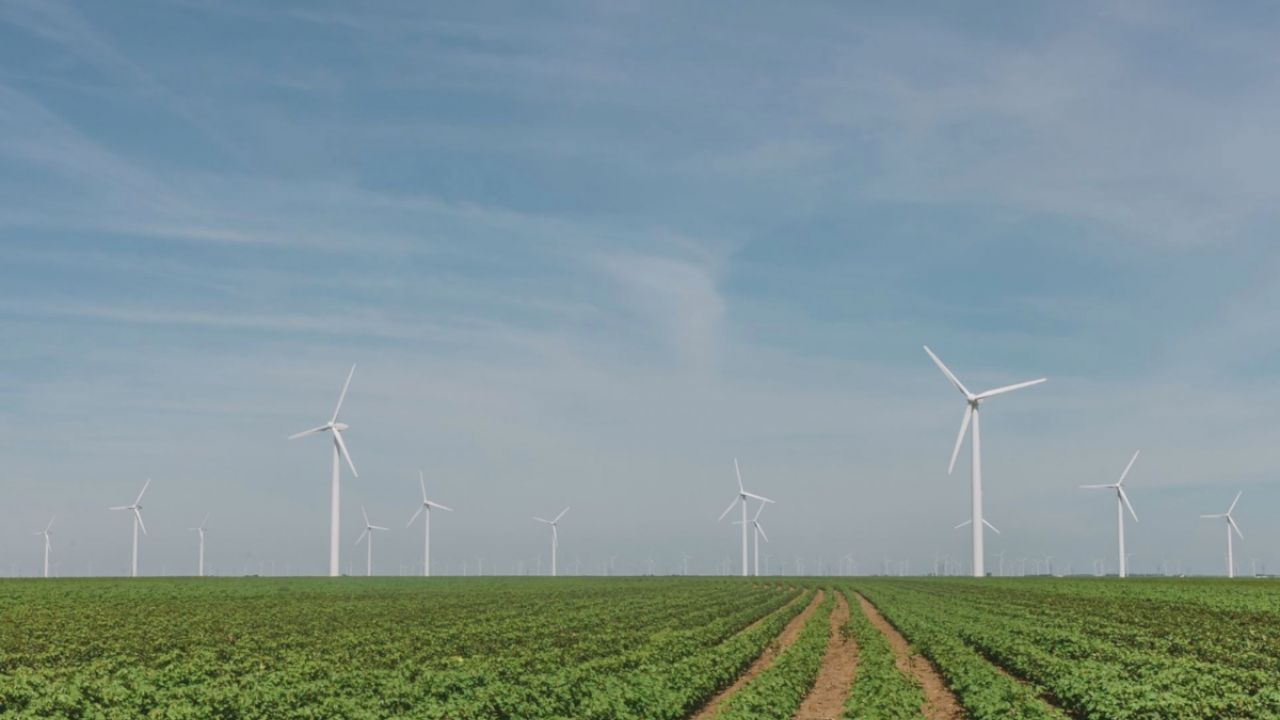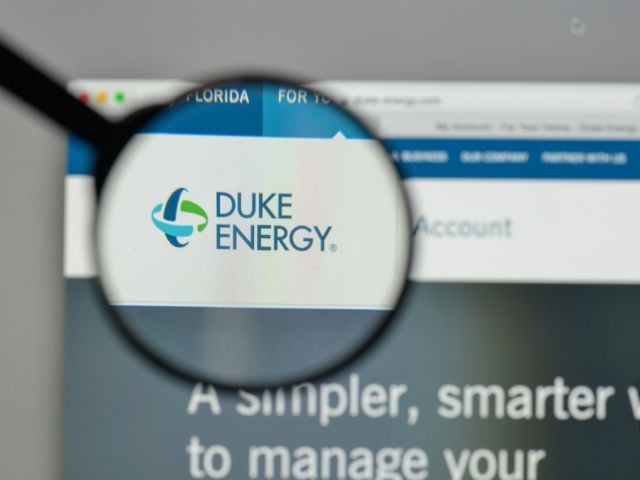
In 2016, Illinois passed the Future Energy Jobs Act to spur renewable energy investments. It seems to be working: The St Louis Post-Dispatch reports that solar companies are streaming into Illinois and partnering with farmers to lease some of their land for solar projects.
But this is not happening only in Illinois. Across the nation, wind and solar investments are revitalizing rural economies, providing a boost to the ups and downs of farm income.
According to the American Wind Energy Association, or AWEA, almost all wind farm development is in rural areas – enough, in 2016, to power 20 million homes. AWEA estimates that wind developers pay around $250 million a year in lease payments to farmers and ranchers.
On the solar front, rural electric cooperatives plan to add increasing amounts of solar, according to the National Rural Electric Cooperative Association, or NRECA, which says some 900 rural cooperatives are operating in 47 states.
A recent report by NRECA shows solar capacity has increased nearly eight-fold since 2014 and will soon reach a level capable of powering 200,000 homes. The primary reason for rural cooperative solar support is that polls show nearly 60 percent of customers want cooperatives to add solar capacity. This is an important development, because a large share of poor counties are served by rural electric cooperatives.
As we reported in August, clean energy jobs outnumber fossil fuel jobs by four to one in the Midwest. A recent report by the Natural Resources Defense Council, or NRDC, analyzed the rural economic benefits of renewables, energy efficiency and other clean energy jobs. The NRDC found:
- As of 2017, an estimated 160,000 clean energy jobs had been created in the rural Midwest. That includes 17,000 wind and solar jobs and 116,000 energy efficiency jobs.
- Clean energy investments are critical to and a growing portion of rural economic development. Although there are far more clean energy jobs in urban areas, in most states, rural clean energy jobs make up a larger share of the job market than in cities.
- Rural county tax revenue increases from clean energy investments range from 10 percent to 60 percent.
Wind development is also attracting major investments in data centers in the Midwest.
Iowa is first in the U.S. for wind power generation. In August 2017, Apple announced a $1.3 billion data center in Dallas County, Iowa, that will create more than 500 construction jobs and 50 permanent jobs. It will run on 100 percent renewable energy.
In April 2017, the Omaha World-Herald reported that Facebook would construct an enormous complex of buildings adding to existing data centers in Sarpy County, Neb. The project is expected to create 1,000 construction and 100 permanent jobs, and be powered solely by wind.
The transition to clean energy is here to stay. Government policies, corporate purchases, consumer demand, investor pressure and falling prices are driving renewable and energy efficiency investments. And rural America is recognizing and embracing the economic benefits inherent in those investments.


